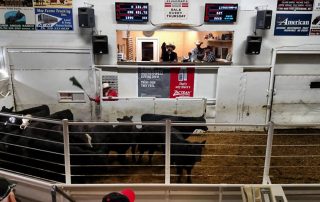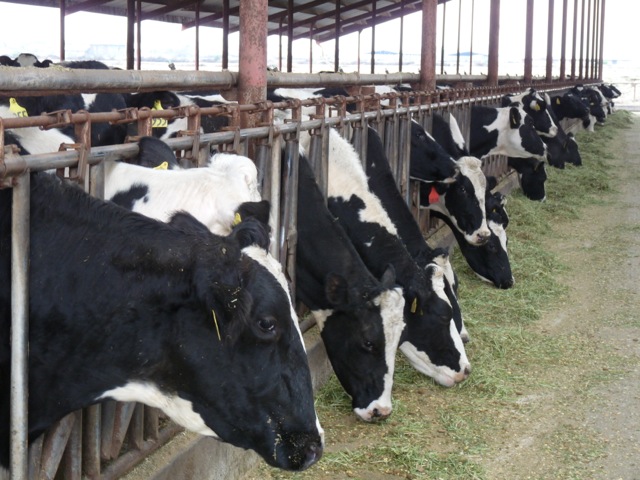Drought Causes Cattle Sell 0ff
Drought Forces Ranchers to Make Tough Decisions about Selling Cattle
By Russell Nemetz with the Ag Information Network
As the drought continues across the West, ranchers are having to make tough herd management decisions because of the lack of water and pasture for their livestock.
“What they’re telling me is that they’re spending time at the kitchen table trying to decide how much feed they’re able to gather up so how many cows they’re going to be able to hang onto,” said Larry Schnell, owner of Stockman’s Livestock Exchange in Dickinson, ND and Livestock Marketing Association president. “Plus, when they’re going to sell calves. They’re also deciding if they are going to try and background their calves or sell them right off the cow a month or two early. A lot of important decisions to be made right now.”
He says for those having to sell their cattle, at least the market remains in pretty good shape.
“There’s no question about it,” said Schnell. “The calves and yearlings especially are looking like a really good market. Hopefully, we don’t get a mass selling over the course of a month. If we can spread that marketing out, I think this market can stay very strong. It might even just continue to get stronger. We all know that due to this drought and the size of it, in the next couple of years this market is going to be strong.”
CattleFax analysts agree. In fact, they’re forecasting all classes of cattle to be higher in 2022.
“Feeder cattle and calf prices, another $20/cwt higher,” said Randy Blach, CattleFax CEO. “I think that will be a good estimate for those markets. I think there’s a very good chance we’ll see feeder cattle prices trade up closer to a $1.80 next summer going into the fall. And calf prices could easily trade well above two dollars as we get into the peak next year. So, it’s long overdue. Again, this was delayed. And everybody needs to remember this.”
Consumer beef demand is also expected to remain solid in 2022 with expected export growth fueling high prices for ranchers and their cattle.












